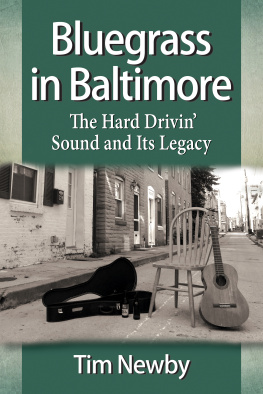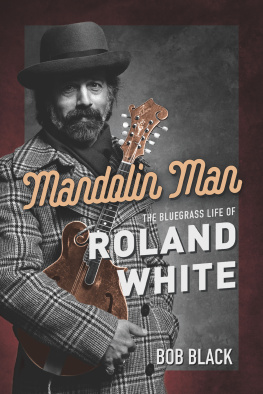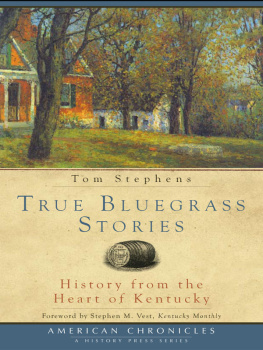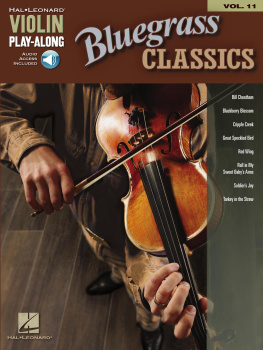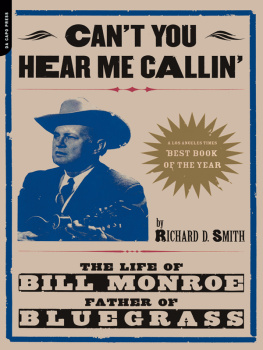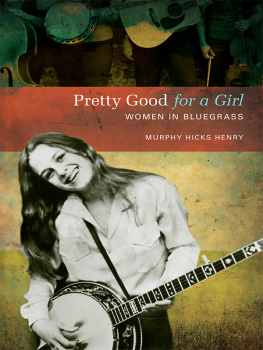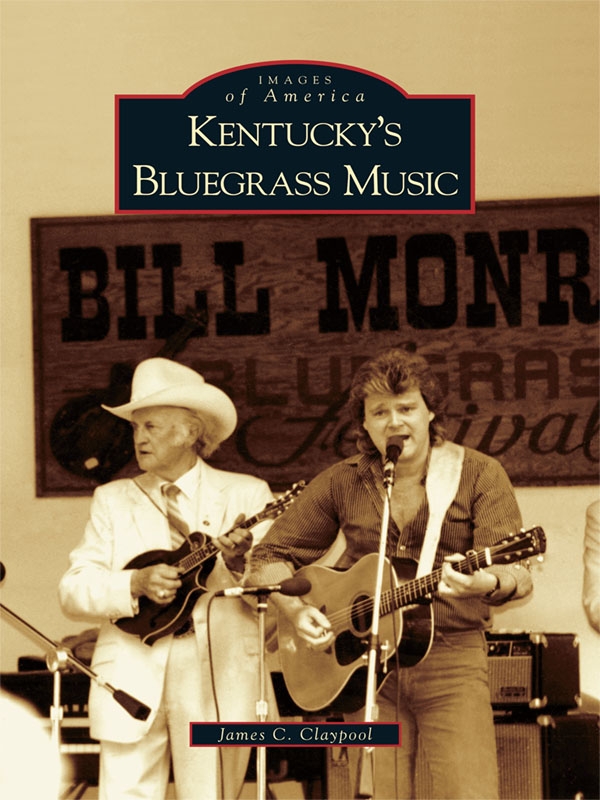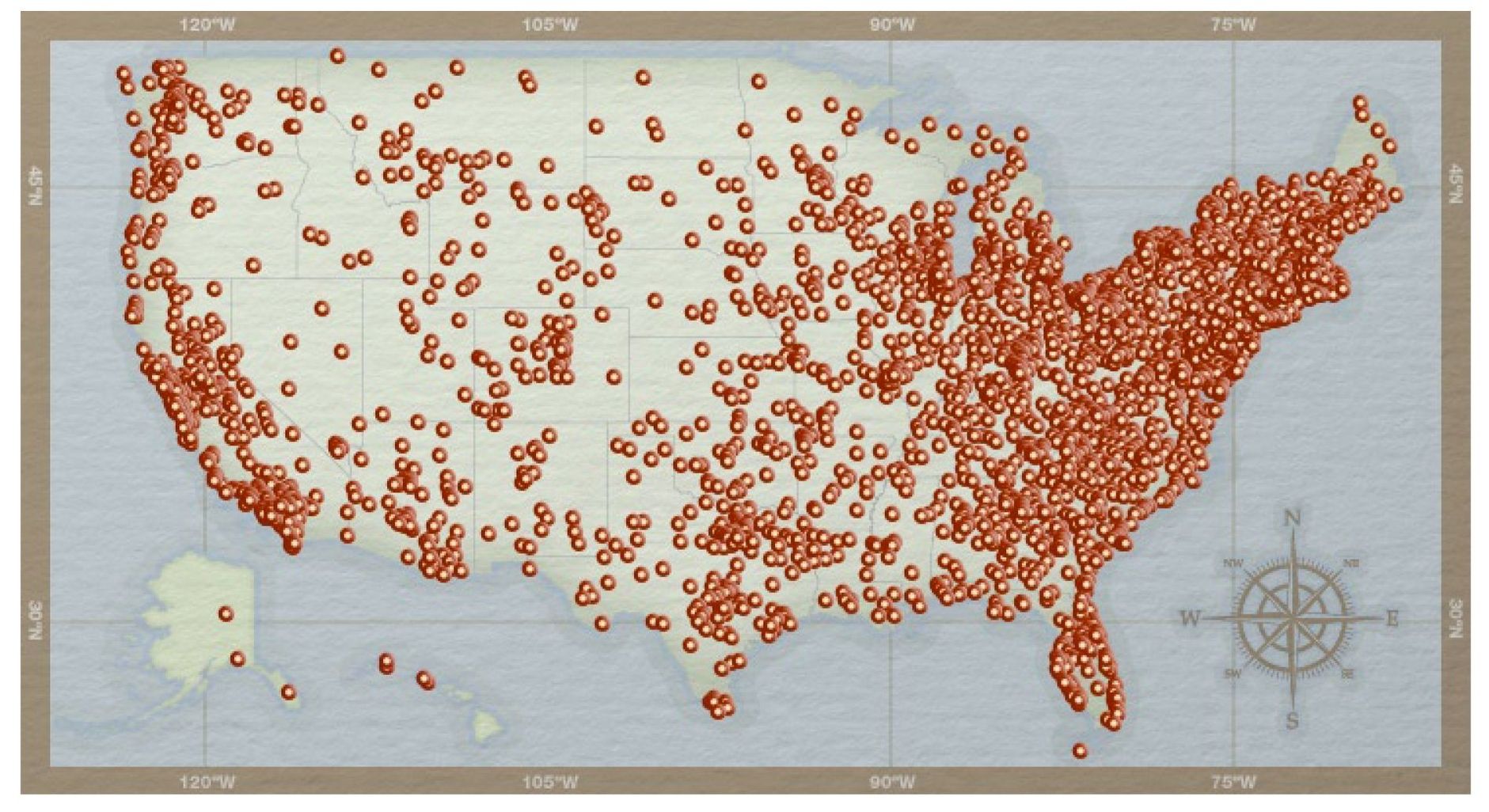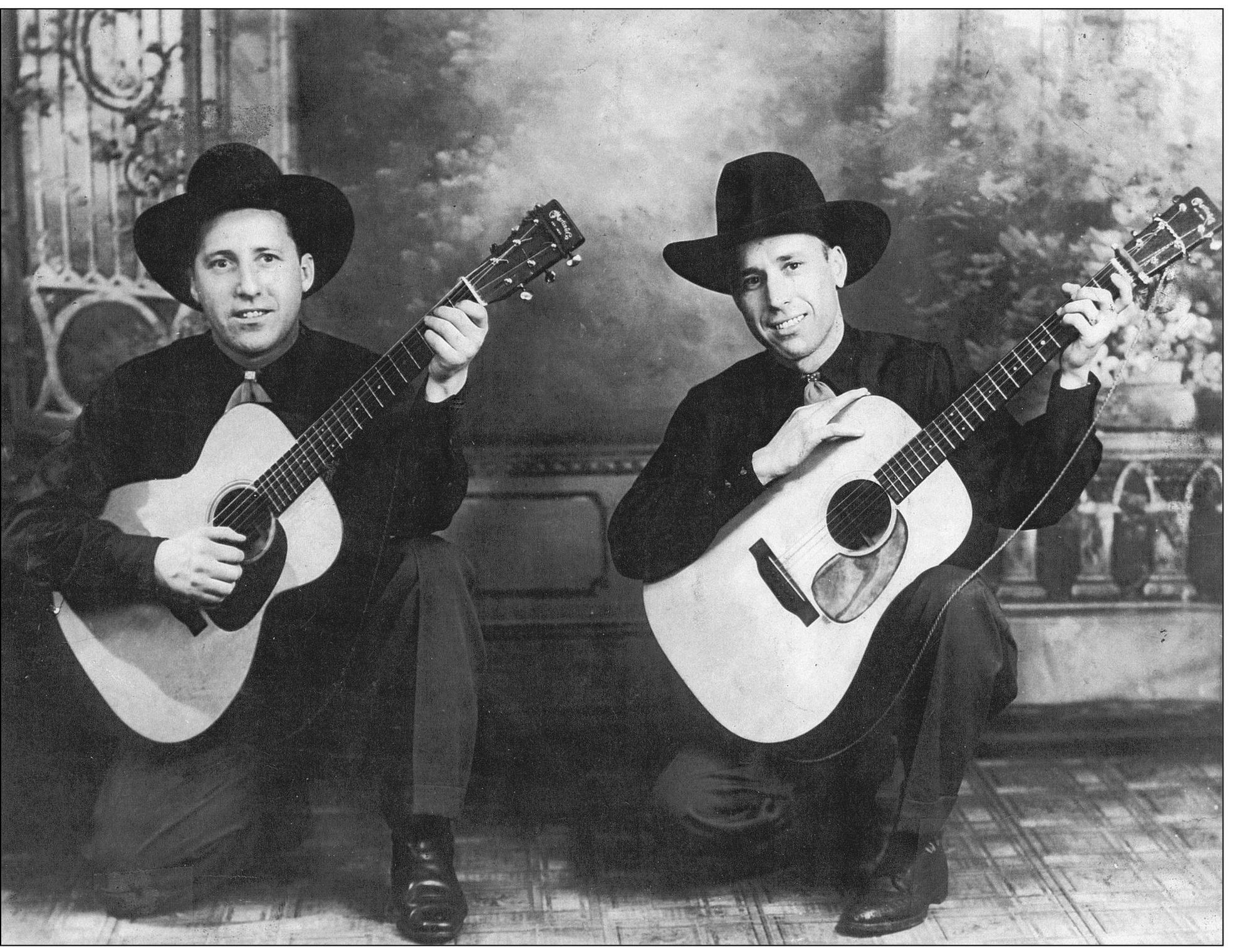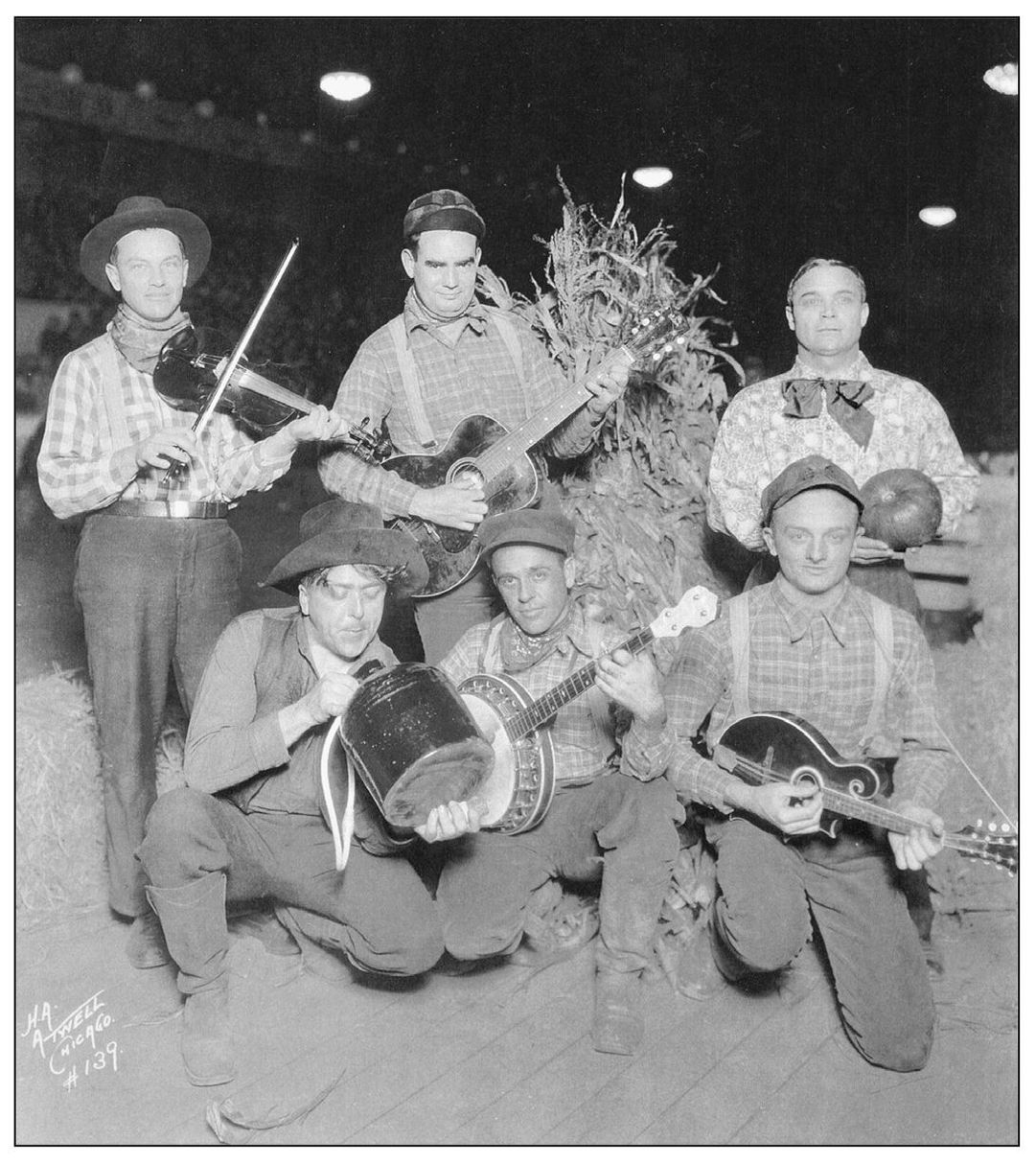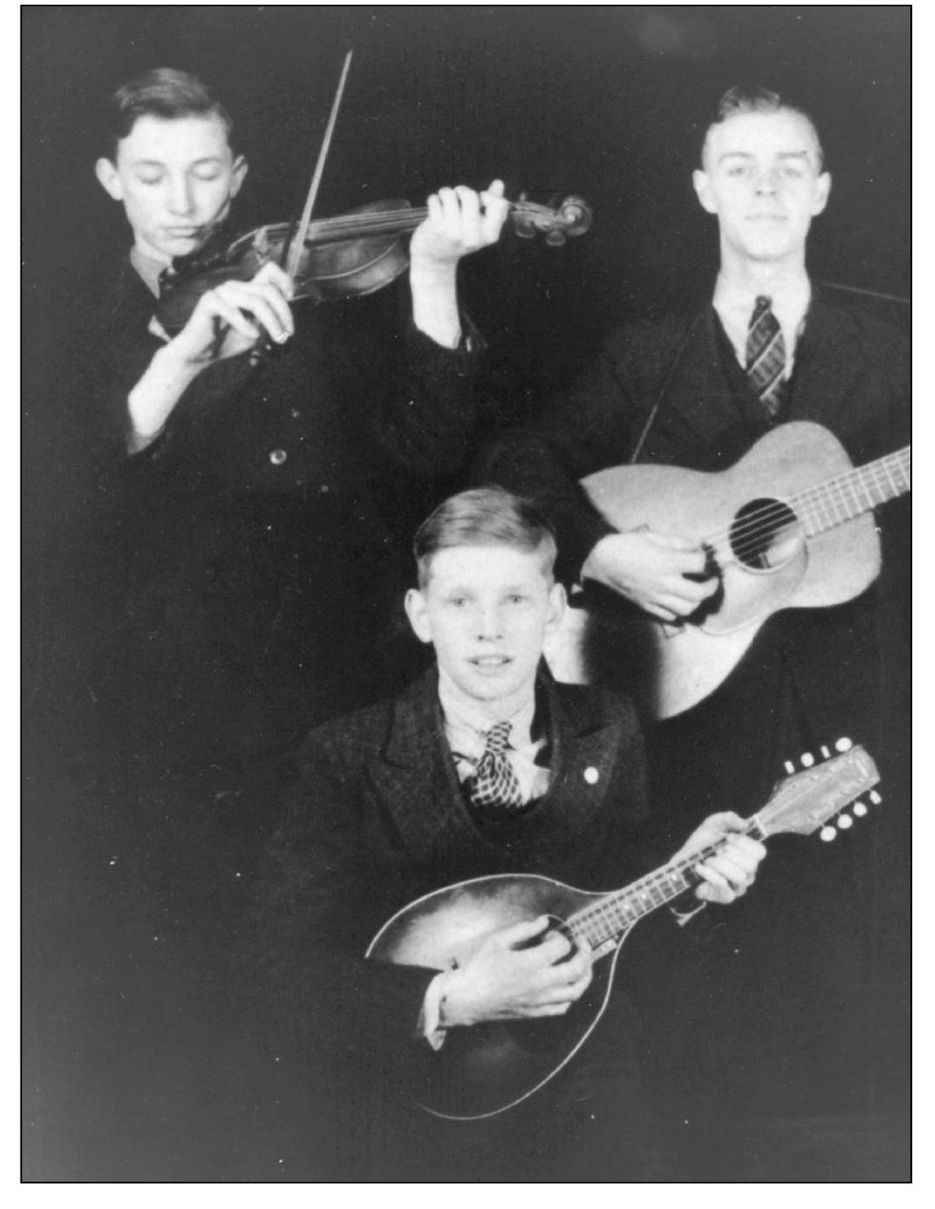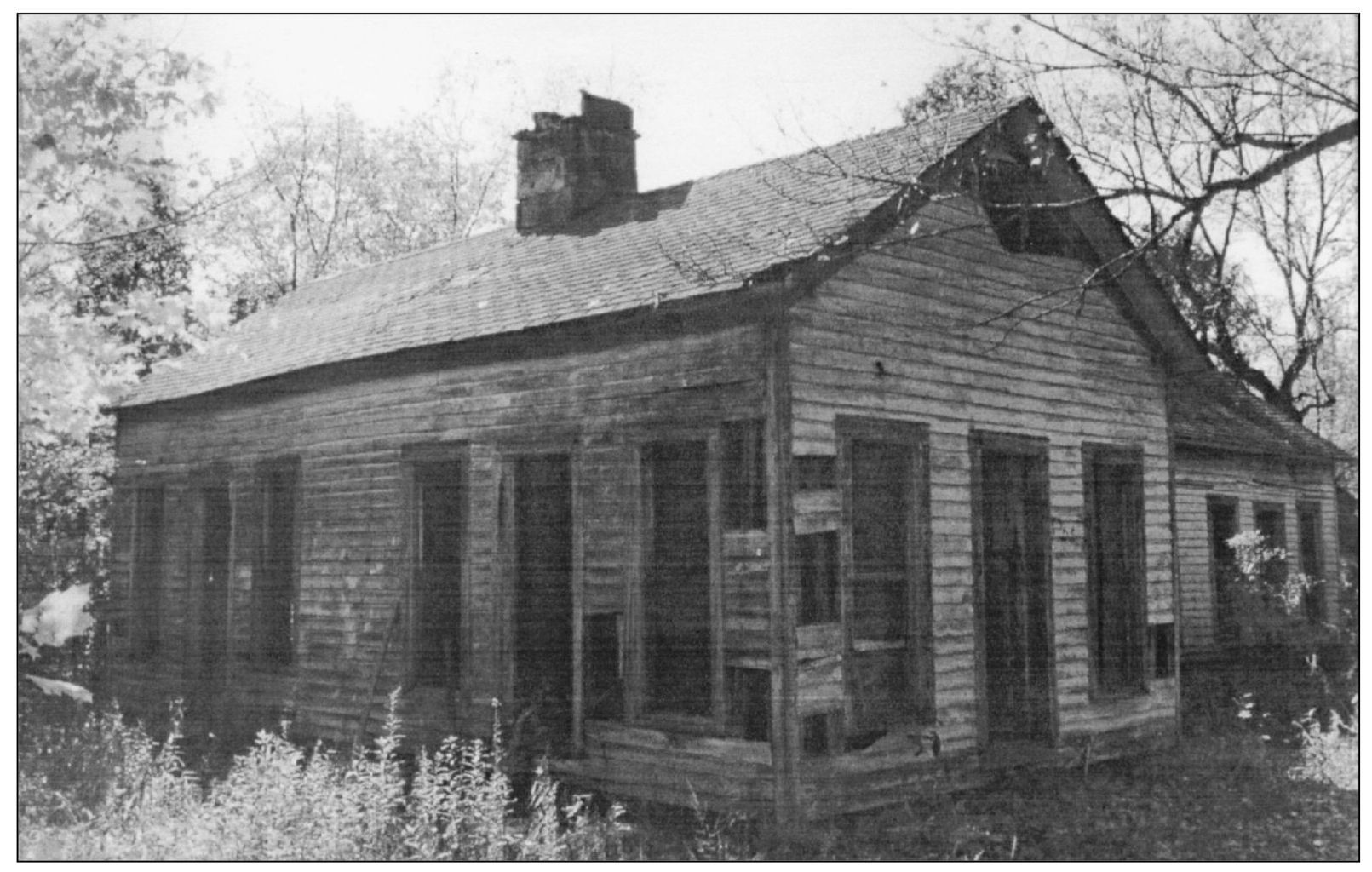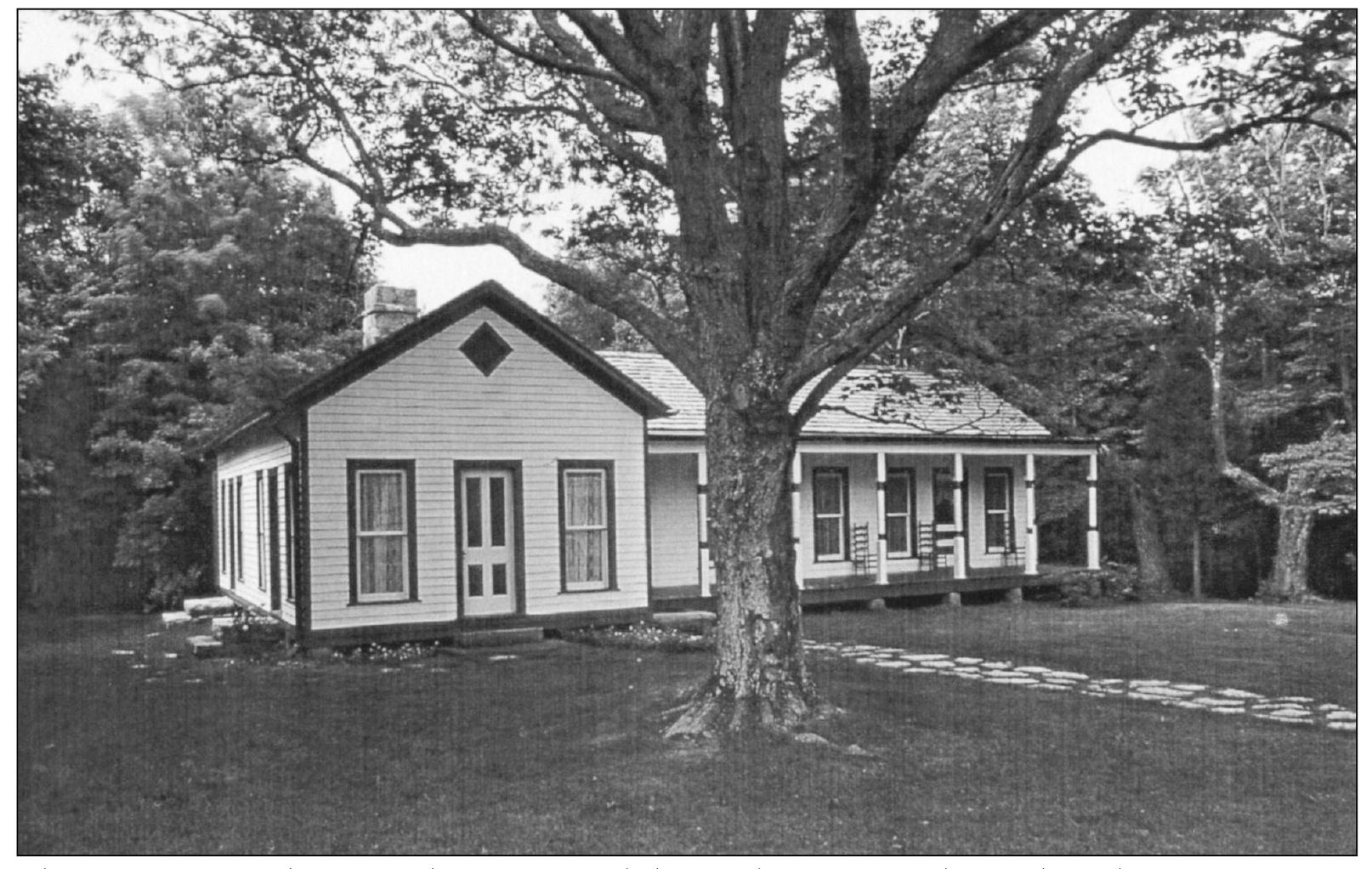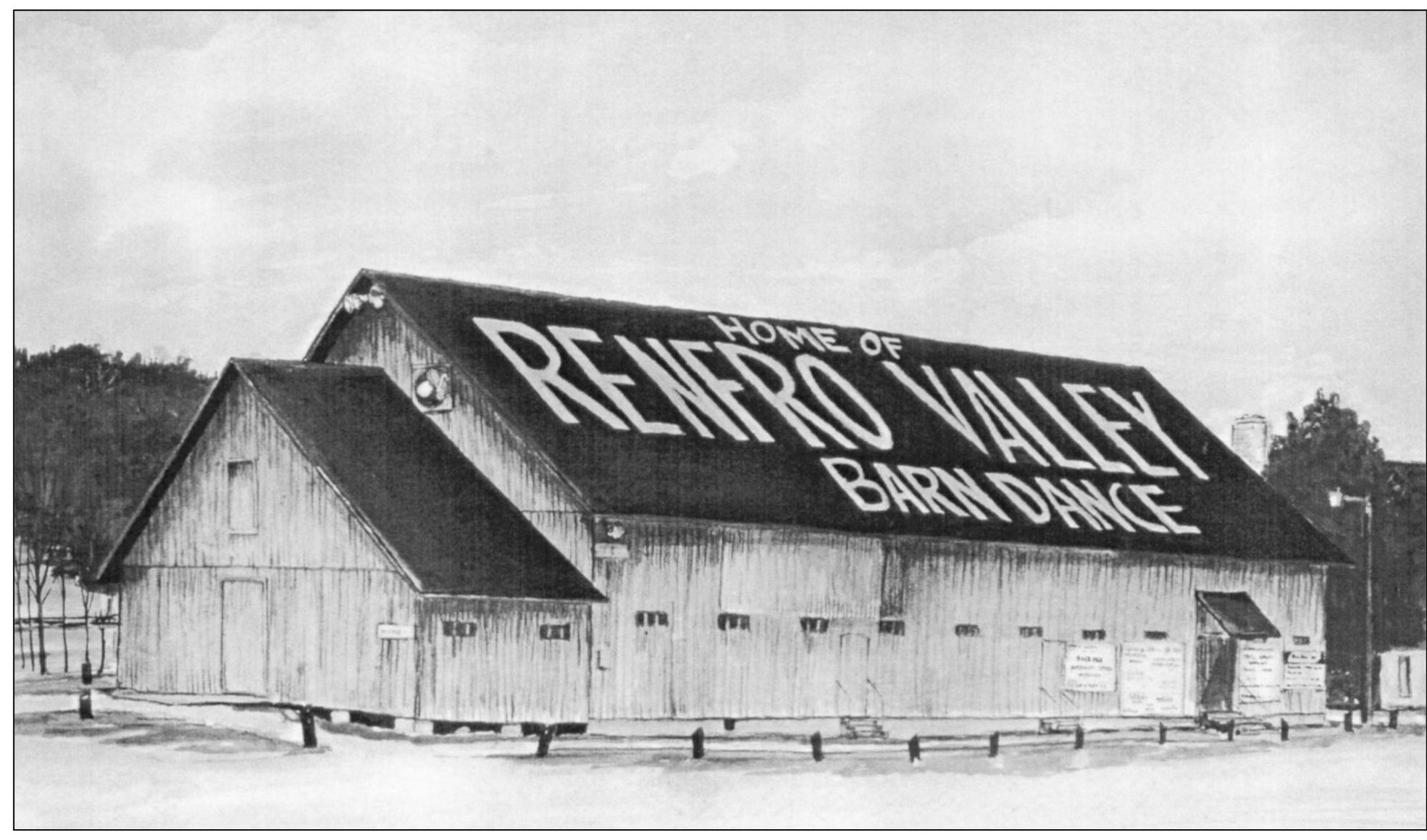One
THE BEGINNINGS
This undated photograph is the most well-known image of fiddle player Pendleton Pen Vandiver, Bill Monroes uncle; the other musician is Clarence Wilson, and the women are unidentified. Monroe immortalized Vandiver in the classic bluegrass song Uncle Pen. Monroe began living with his uncle Pen in 1927, following his fathers death, and always credited Vandiver for teaching him to play mandolin. (Courtesy of Doc and Julie Mercer.)
Wakefield, Kentuckys Jumping Bill Carlisle (19082003), pictured at right with his brother Cliff, performed professionally for over 70 years. Carlisle was a singer, songwriter, comedian, and guitarist. His comical antics on stage and his precision and speed on the guitar were components that helped link him to the evolution of bluegrass musical performance. (Courtesy of Berea College.)
Cliff Carlisle (far left), Bill Carlisles older brother, was born in Taylorsville, Kentucky. Cliff, who mastered yodeling and pioneered the steel guitar, began performing in 1919 at age 16. He continued performing until the 1960s. Yodeling was frequently used in early bluegrass ensembles, and the steel guitar (dobro) is one of the standard instruments in many bluegrass bands. (Courtesy of Berea College.)
This is a 1935 photograph of the stringed-instrument band the Cumberland Ridge Runners, founded by Kentuckian John Lair. This band is typical of the several hundred such string bands that played country and up-tempo instrumental songs during the preWorld War II era. Songs like the ones this band played foreshadowed the kind of music played later by bluegrass musicians. (Courtesy of Berea College.)
Sleepy Jims String Band (Jim Hammons, fiddle, Sam Hammons, mandolin, and Chester Howard, guitar) from Covington, Kentucky, was a typical 1930s country music string band; bands like this foreshadowed the five- and six-man stringed-instrument bands formed during the 1940s and 1950s to play bluegrass music. (Courtesy of Mike Hammons.)
John Lair, shown here, founded the Renfro Valley Barn Dance Show. Lair quit his job with Chicago radio station WLS during the 1930s to return to his home in Rockcastle County, Kentucky, in order to pursue his dream of promoting live musical performances. Several important musical careers were launched on the Renfro Valley Barns stage, and bluegrass music has remained a Renfro Valley programming staple. (Courtesy of Renfro Valley.)
Red Foley, from Berea, Kentucky, was one of Americas most famous country and gospel singers. Red was a member of John Lairs Cumberland Ridge Runners during the 1930s and in 1937 joined Lair in the founding of Renfro Valley. A skilled guitarist, Foley was best known for his singing of gospel songs, which later became an important part of many bluegrass performances. (Courtesy of Renfro Valley.)
This is an image of what remained of the house the musical Monroe children grew up in before the deaths of their mother, Malissa, in 1921 and their father, Buck, in 1927. The house is located near the town of Rosine in Ohio County, Kentucky, on land known as Jerusalem Ridge. (Courtesy of Doc and Julie Mercer.)
This is a picture of the restored Monroe family home place on Jerusalem Ridge. The site is overseen by a nonprofit foundation. The propertys overseers, Doc and Julie Mercer, live in a house nearby and supervise tours of the various Monroe family properties. A popular annual bluegrass festival is held on the grounds. (Courtesy of Doc and Julie Mercer.)
This image is taken from an original watercolor painting by noted Kentucky artist Mark McFerron. Mark grew up in Rockcastle County, Kentucky, where the Renfro Valley Barn is located. McFerron began drawing at age four and specializes in portraying historic themes in his artwork. His wife, Leslie, graduated from a performing arts school in Louisville and has been featured singing on gospel albums, gospel songs being an important component of most bluegrass musical performances. (Courtesy of Mark McFerron.)




